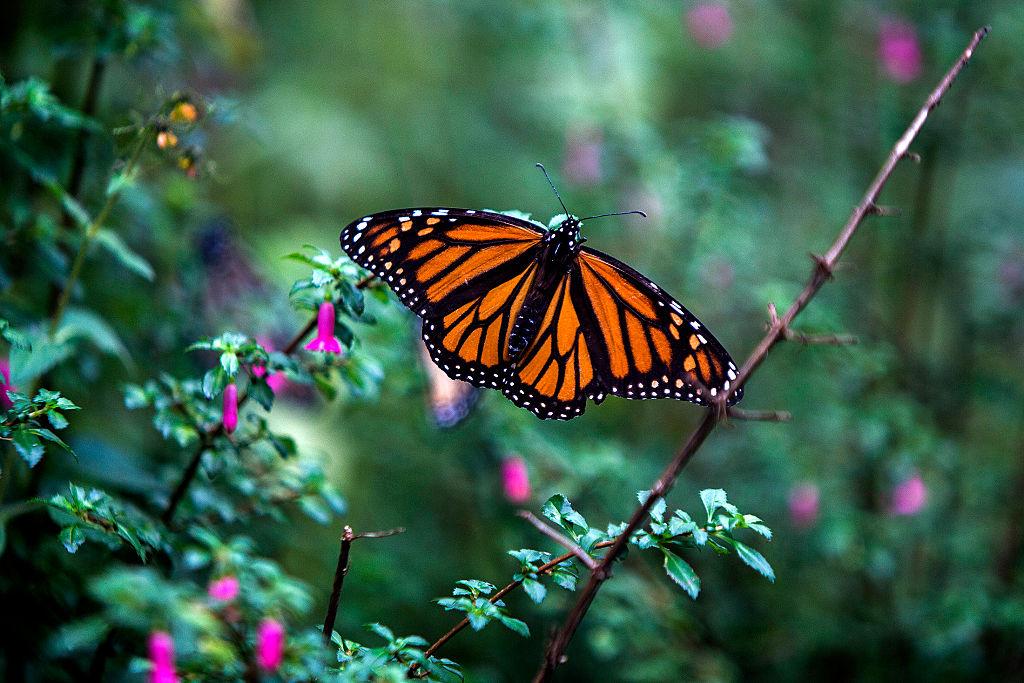Canada’s federal government is considering changing the status of Monarch butterflies to “endangered,” a move that may limit human activities in their habitat.
The environment ministry published a regulatory impact analysis on May 13, which includes feedback it got from regional governments, industry, and others.





